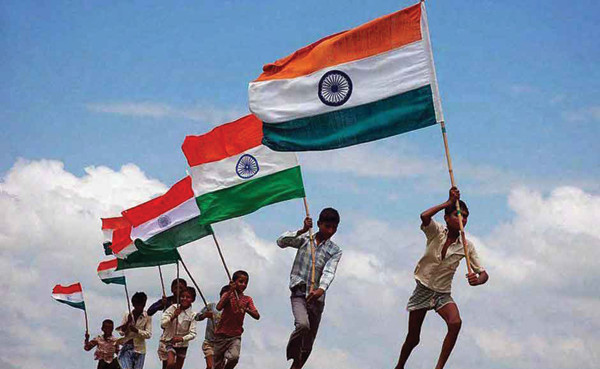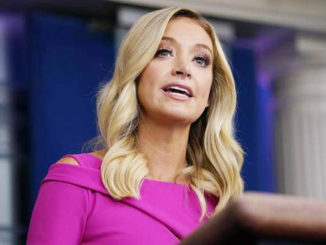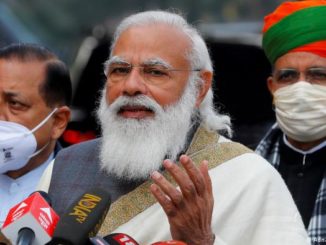
The largest democracy of the world, in 68 years, could well be on its way to becoming the World’s second largest economy, replacing the US, by 2050.
“India has the potential to become the second largest economy in the world by 2050 in PPP terms (third in MER terms), although this requires a sustained programme of structural reforms”, says a PwC report.
The Indian Panorama seeks to look in to the growth journey of India since independence, focusing on key areas, as succinctly as possible, with a view to laying bare facts before our readers, leaving them to form their own conclusions. Preceding the story of Independent India, is a brief story of the freedom struggle which freedom loving people all over the world need to be familiar with, and people of Indian origin reminded of. It was a struggle which inspired writers and poets to give words to the feelings of billions prompted patriots to sacrifice their lives for freedom, and created heroes out of the common people.
In ancient times, people from all over the world were keen to come to India. The Aryans came from Central Europe and settled down in India.The Persians followed by the Iranians and Parsis immigrated to India. Then came the Moghuls and they too settled down permanently in India. Chengis Khan, the Mongolian, invaded and looted India many times. Alexander the Great too, came to conquer India but went back after a battle with Porus. He-en Tsang from China came in pursuit of knowledge and to visit the ancient Indian universities of Nalanda and Takshila. Columbus wanted to come to India, but instead landed on the shores of America. Vasco da Gama from Portugal came to trade his country’s goods in return for Indian species. The French came and established their colonies in India.
Lastly, the Britishers came and ruled over India for nearly 200 years. After the battle of Plassey in 1757, the British achieved political power in India. And their paramountcy was established during the tenure of Lord Dalhousie, who became the Governor-General in 1848. He annexed Punjab, Peshawar and the Pathan tribes in the north-west of India. And by 1856, the British conquest and its authority were firmly established. And while the British power gained its heights during the middle of the 19th century, the discontent of the local rulers, the peasantry, the intellectuals, common masses as also of the soldiers who became unemployed due to the disbanding of the armies of various states that were annexed by the British, became widespread. This soon broke out into a revolt which assumed the dimensions of the 1857 Mutiny.
The First Struggle for Freedom- Indian Mutiny of 1857
 The conquest of India, which could be said to have begun with the Battle of Plassey (1757), was practically completed by the end of Dalhousie’s tenure in 1856. It had been by no means a smooth affair as the simmering discontent of the people manifested itself in many localized revolt during this period. However, the Mutiny of 1857, which began with a revolt of the military soldiers at Meerut, soon became widespread and posed a grave challenge to the British rule. Even though the British succeeded in crushing it within a year, it was certainly a popular revolt in which the Indian rulers, the masses and the militia participated so enthusiastically that it came to be regarded as the First War of Indian Independence.
The conquest of India, which could be said to have begun with the Battle of Plassey (1757), was practically completed by the end of Dalhousie’s tenure in 1856. It had been by no means a smooth affair as the simmering discontent of the people manifested itself in many localized revolt during this period. However, the Mutiny of 1857, which began with a revolt of the military soldiers at Meerut, soon became widespread and posed a grave challenge to the British rule. Even though the British succeeded in crushing it within a year, it was certainly a popular revolt in which the Indian rulers, the masses and the militia participated so enthusiastically that it came to be regarded as the First War of Indian Independence.
Introduction of zamindari system by the British, where the peasants were ruined through exorbitant charges made from them by the new class of landlords. The craftsmen were destroyed by the influx of the British manufactured goods. The religion and the caste system which formed the firm foundation of the traditional Indian society was endangered by the British administration. The Indian soldiers as well as people in administration could not rise in hierarchy as the senior jobs were reserved for the Europeans. Thus, there was all-round discontent and disgust against the British rule, which burst out in a revolt by the
‘sepoys’ at Meerut whose religious sentiments were offended when they were given new cartridges greased with cow and pig fat, whose covering had to be stripped out by biting with the mouth before using them in rifles. The Hindu as well as the Muslim soldiers, who refused to use such cartridges, were arrested which resulted in a revolt by their fellow soldiers on May 9, 1857.
The rebel forces soon captured Delhi and the revolt spread to a wider area and there was uprising in almost all parts of the country. The most ferocious battles were fought in Delhi, Awadh, Rohilkhand, Bundelkhand, Allahabad, Agra, Meerut and western Bihar. The rebellious forces under the commands of Kanwar Singh in Bihar and Bakht Khan in Delhi gave a stunning blow to the British. In Kanpur, Nana Sahib was proclaimed as the Peshwa and the brave leader Tantya Tope led his troops. Rani Lakshmibai was proclaimed the ruler of Jhansi who led her troops in the heroic battles with the British. The Hindus, the Muslims, the Sikhs and all the other brave sons of India fought shoulder to shoulder to throw out the British. The revolt was controlled by the British within one year, it began from Meerut on 10 May 1857 and ended in Gwalior on 20 June 1858.
End of the East India Company
Consequent to the failure of the Revolt of 1857 rebellion, one also saw the end of the East India Company’s rule in India and many important changes took place in the British Government’s policy towards India which sought to strengthen the British rule through winning over the Indian princes, the chiefs and the landlords. Queen Victoria’s Proclamation of November 1, 1858 declared that thereafter India would be governed by and in the name of the British Monarch through a Secretary of State.
The Governor General was given title of Viceroy, which meant the representative of the Monarch. Queen Victoria assumed the title of the Empress of India and thus gave the British Government unlimited powers to intervene in the internal affair of the Indian states. In brief, the British paramountcy over India, including the Indian States, was firmly established. The British gave their support to the loyal princes, zamindar and local chiefs but neglected the educated people and the common masses. They also promoted the other interests like those of the British merchants, industrialists, planters and civil servants. The people of India, as such, did not have any say in running the government or formulation of its policies. Consequently, people’s disgust with the British rule kept mounting, which gave rise to the birth of Indian National Movement.





Be the first to comment